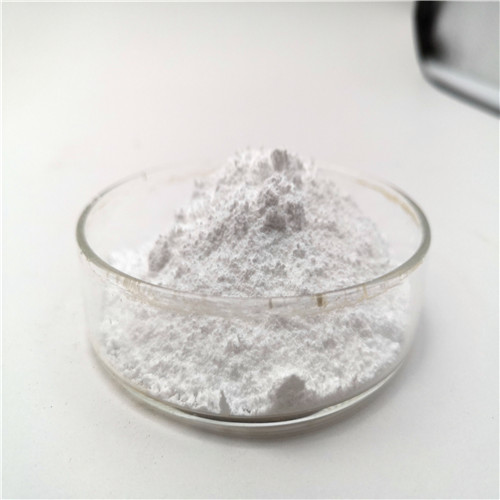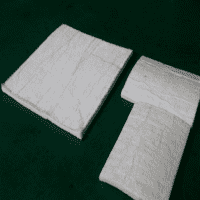Professional solutions on concrete addtives, Concrete Foaming Agent, Superplasticizer, CLC Blocks Additives, and foaming machine
(What Concrete early strength)
What is Concrete early strength
High early-strength Concrete is one of the types of high-performance Concrete. Steam-cured Concrete can rapidly improve the strength of Concrete at early ages and the efficiency of template turnover. However, in comparison with Concrete cured at room temperature, some defects or damages can be brought by steam curing, such as concrete brittleness developing, concrete surface layer microcracks increasing, and porosity enlarging. The manufacturing process may be factory prefabrication or off-site prefabrication. Off-site fabrication is often used when both prefabrication and preassembly are integrated. Prefabrication has been identified as the first degree of industrialization, followed by mechanization, automation, robotics, and reproduction. The strength of high-strength Concrete is above 40 MPa. The high-strength Concrete has a compressive strength between 40 and 140 MPa, which is discussed in this article. The study of curing temperatures was made by comparing results obtained from curing similar batches of Concrete in different water temperatures. The strength correlations were achieved by curing and testing various grades of Concrete by both the 28-day standard procedure and the accelerated hot-water procedure. Mixes with a low water-cement ratio gain strength more rapidly than those with a higher water-cement ratio. High-early Concrete is made with high-early-strength cement using a low water-to-cement ratio. This type of concrete cures rapidly to reach structural quality, about 2,500 psi, within 24 to 72 hours.
Can concrete strength be too high?
A high strength may cause the Concrete to be more prone to cracking (serviceability concern). High temperature and the moist steam-cured process can bring about significant differences between surface and inner Concrete due to stress gradient, heat-mass transfer, and nonuniform hydration of cementitious. This has been defined as heat damage. The detailed mechanisms of heat damage have been proposed. Firstly, the formation of a dense shell around cement grains at an early age hinders the later hydration, and the rapid early hydration leads to the heterogeneous distribution of hydration products, hence causing the pore structure. Secondly, temperature gradient and the corresponding tensile stress develop during the steam curing process, which may lead to the formation of fine cracks at the surface layer. Thirdly, the concrete surface layer exposed to steam exhibits a more open pore structure than that of the interior parts, reflected by a higher porosity and water absorptivity, which deteriorates the permeability of steam-cured Concrete. The concept of 'time saved is money saved' induced the fast-track work in the construction industry; since then, engineers and administrators have taken a holistic approach by making every part of construction contribute to the system in making the construction faster. High-strength Concrete is also one of them. The history of high-strength Concrete is about 35 years old; in the late 1960s, the invention of water-reducing admixtures led to high-strength precast products and structural elements in beams being cast in situ using high-strength Concrete. Since then, the technology has come of age, and Concrete of the order of M60 to M120 is commonly used. Concrete of the order of M200 and above is a possibility in the laboratory conditions. Many different grades of Concrete feature different resistances, from C7 to C40. C7 is the weakest grade, and C40 can withstand the most pressure over time. C20, therefore, sits somewhere in the middle of the scale, allowing for both domestic and commercial projects.
Temperature and temperature history of Concrete early strength
Low temperatures decrease the early strength development, while high temperatures increase the early strength development (Figure 4.12). The temperature at casting affects 28-day strength. A few hours at a low/high temperature prior to standard curing increases/decreases the 28-day strength. Pitcher (1976) showed that only short periods were needed at high temperatures to have a detrimental effect on 28-day cube strength (Figure 4.13). He also found that the effect of low temperature was less pronounced. Scientists still don't 100% understand what's going on inside cement when it's setting. In chemistry labs, this remains hotly debated territory. Also, intriguingly, it keeps on curing long after it's apparently set. The Hoover Dam is still curing nearly a century after being built!
Price of Concrete early strength
Concrete early strength particle size and purity will affect the product's Price, and the purchase volume can also affect the cost of Concrete early strength. A large amount of large amount will be lower. The Price of Concrete early strength is on our company's official website.
Concrete early strength supplier
Luoyang Tongrun Nano Technology Co. Ltd. (TRUNNANO) Luoyang City, Henan Province, China, is a reliable and high-quality global chemical material supplier and manufacturer. It has more than 12 years of experience providing ultra-high quality chemicals and nanotechnology materials, including Concrete early strength, nitride powder, graphite powder, sulfide powder, and 3D printing powder. If you are looking for high-quality concrete additives, please feel free to contact us and send an inquiry. (sales@cabr-concrete.com). We accept payment via Credit Card, T/T, West Union, and Paypal. TRUNNANO will ship the goods to customers overseas through FedEx, DHL, by air, or by sea.
(What Concrete early strength)








